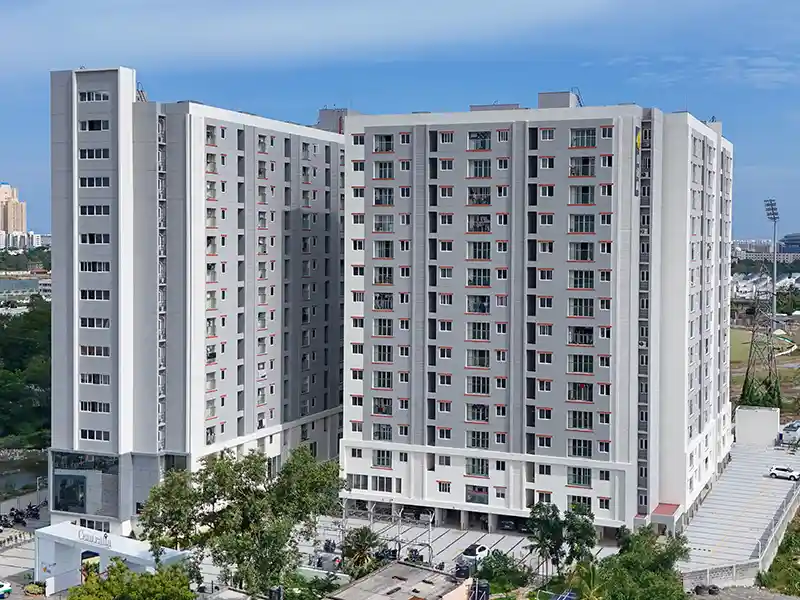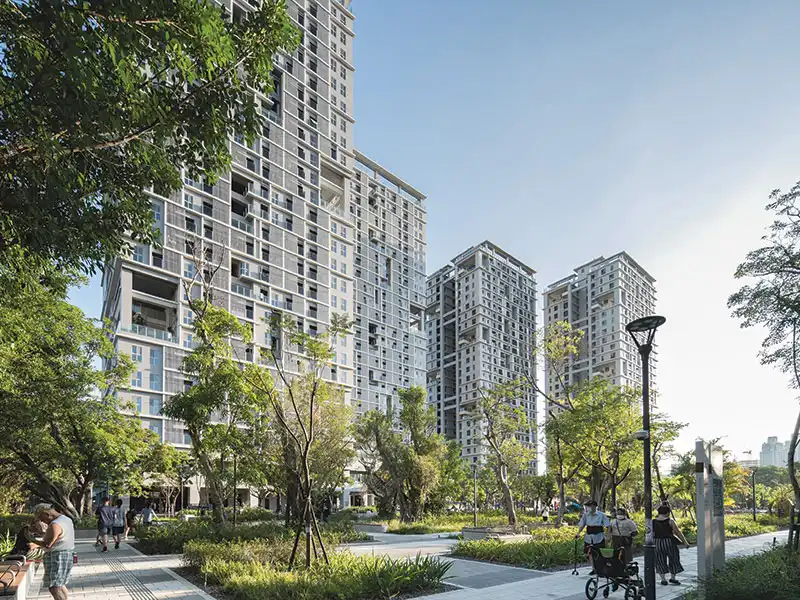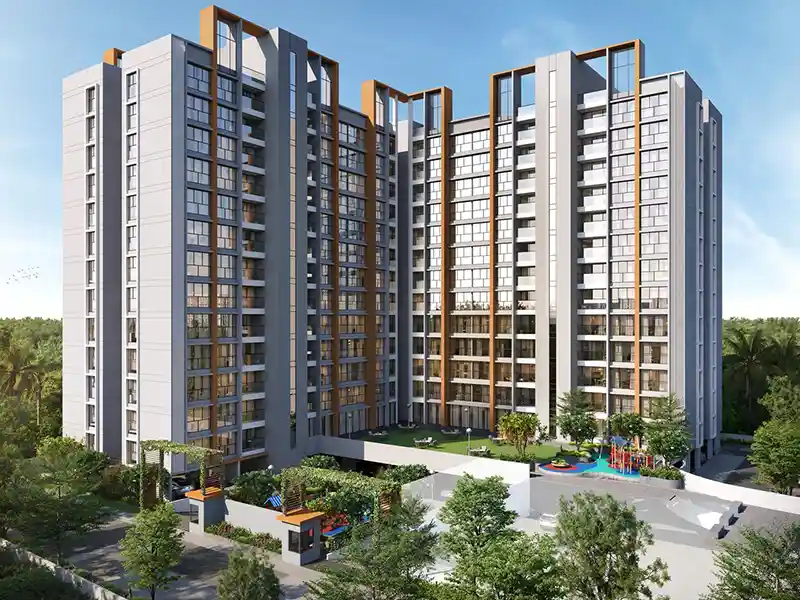
Data centres are set to become one of the most promising sunrise sectors heading for a rapid boom, offering developers a new opportunity to diversify from the traditional business of residential, commercial, and retail assets.
The massive digital push initiated by the Covid-19 pandemic has been lucrative for data centres, which can still deliver an annual rental yield of 10-14%. The key cities leading demand for data centres include Mumbai, Chennai, Bengaluru, and Hyderabad, among others. Says Shobhit Agarwal, MD & CEO, ANAROCK Capital, “Currently, data centres in the top 8 cities occupy 7.5 mn sq. ft. space and an additional 10 mn sq. ft. space is likely to be added over the next 2-3 years. Immediately after India went into a lockdown mode there was a 25-35% increase in data centre capacity usage as companies began to overhaul their digital infrastructure to deal with the new work environment.”
He adds, “The pandemic has been a massive catalyst for digital adoption across the spectrum. Work-from-home (WFH) compulsions, online education, video-based medical consultations, a huge increase in ecommerce and business-related video conferencing and webinars are increasing the demand for data centres. Furthermore, the government’s move to make data localization mandatory ensures a promising future for data centres in the country.”
As per industry estimates, the data centre outsourcing market in India is worth more than USD 2 bn and is projected to grow at 25% CAGR to reach USD 5 bn by FY 2023-24. In fact, data centres are emerging as an alternative real estate asset class with huge potential, and leading real estate developers are zeroing in on this opportunity to reap superior returns from early investments. Leading players like Adani Group, Hiranandani Group and Salarpuria Sattva have already rolled out significant investment plans for building data centres in India over the next decade and more.
Top 8 Cities to add ~10 mn sq.ft. Data Centre Space in next 2-3 Years
- Potential to earn 0-14% rental yield annually
- Min. 25-35% increase in data centre capacity usage during lockdown as companies overhauled digital infrastructure in new work environment; trend to continue
- Mumbai, Chennai, Bengaluru, and Hyderabad see maximum demand
- Presently, data centres occupy 7.5 mn sq. ft. space in top 8 cities; more than 10 mn. sq. ft. new space to be added over next 2-3 years
- Adani, Hiranandani Group, Salarpuria Sattva etc. have massive investment plans for building data centres in India
- Govt’s efforts to make data localization mandatory ensures promising future for data centres in India
Key Players in the Fray
| MAJOR INVESTMENTS ANNOUNCED IN INDIA DATA CENTRES SINCE LAST 2 YRS. TILL DATE | ||
| Company | Investments (INR Crore) | Future Plans & Region |
| Adani Group & US-based Digital Realty | 70,000 | To build solar-powered data parks in Andhra Pradesh over next 20 years |
| Hiranandani Group | 15,000 | To set up data centres (under name of Yotta Infrastructure) over the next 5-7 years in Mumbai, Panvel and Chennai |
| Salarpuria Sattva | N.A. | To develop data centres in Bengaluru, Hyderabad and Mumbai |
| CtrlS | >2000 | Hyderabad-based CtrlS plans to build 4 mn sq. ft. tier-4 data centre by 2021 in Hyderabad, Mumbai & Chennai |
| NTT | 11,000 | Japanese tech major is targeting to more than double its capacity in the next 3 years through the investments |
Towards a Digital Future
India has embarked on a concerted digitization drive to improve efficiencies and generally make life easier for its citizens. Digital India – the flagship programme of the Government of India (GoI) – intends to transform the country into a digitally-empowered knowledge economy. There are significant growth drivers in place.
The future growth of various industries relies heavily on digitization, and a seamless transformation into Digital India is only possible with the creation of more data centres. Until a few years ago, only a handful of data centre operators such as NTT-Netmagic, CtrlS and STT GDC operated in this space. Interestingly, these facilities were never seen as potential real estate assets, but rather as a complex mesh of wires providing connectivity to various internet users. Also, cloud computing was not yet a ‘thing’ in India. As such, the requirement for data centres was limited.
There has been a massive shift in perception now. Developers and investors are looking for new opportunities to diversify from the traditional business of residential, commercial, and retail assets. The Smart Cities Mission will use data and technology to revamp the identified 100 cities and make them sustainable, efficient, and future-ready. Enabled by India’s rapid transformation into a digital nation, data centres are set to become one of the most promising sunrise sectors heading for a rapid boom.















